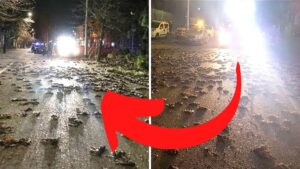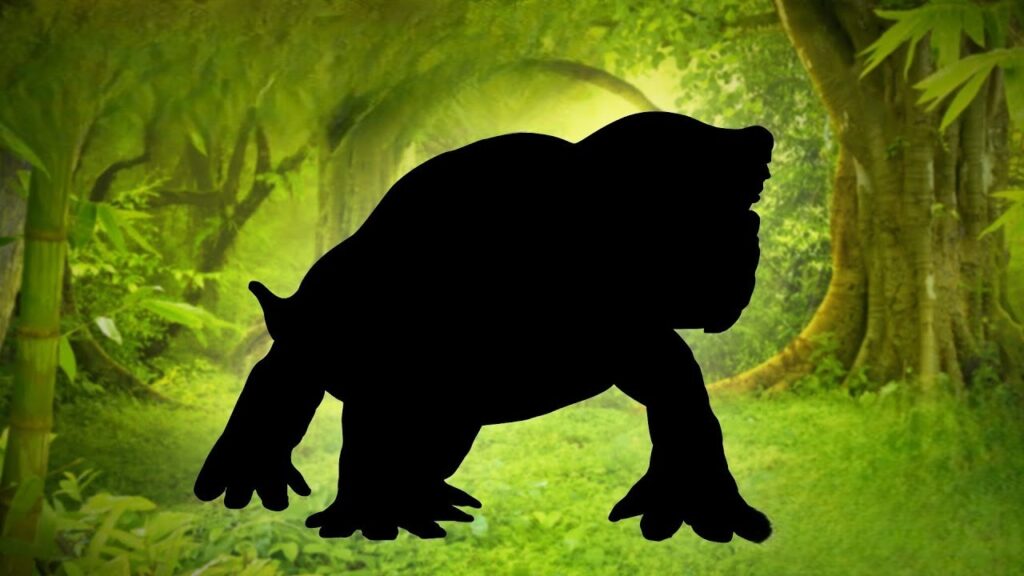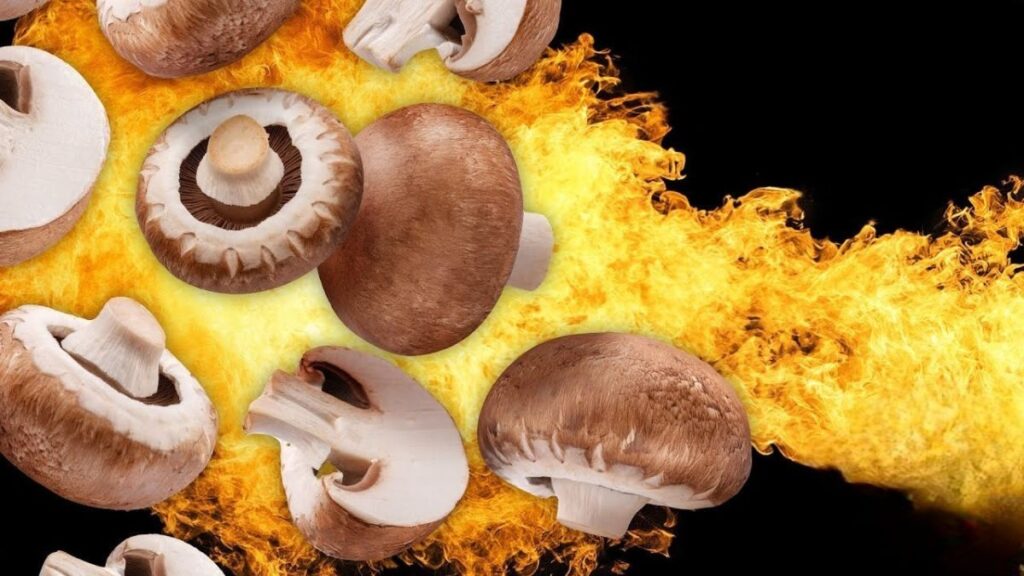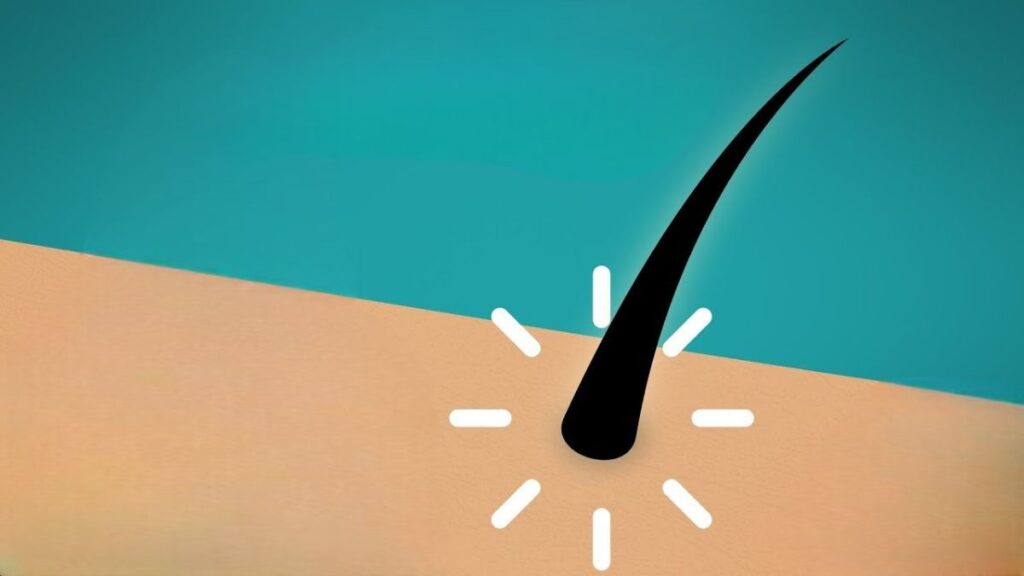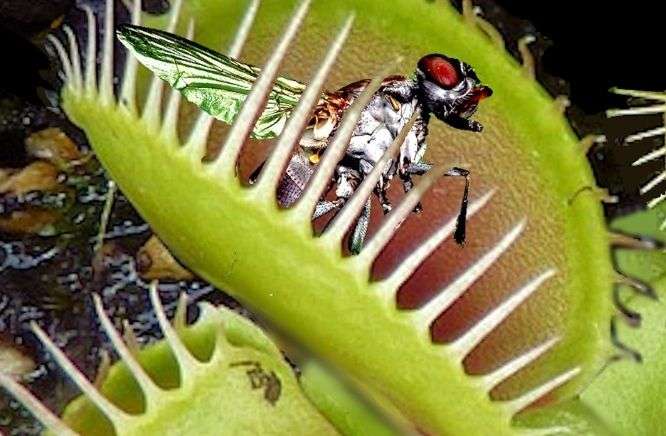
Some plants aren’t eaten by insects, they eat the insects themselves!
Nearly 700 carnivorous plant species live throughout the world whose appetite is insects.
Most carnivorous plants like eating small insects but we can find many larger carnivorous plants in tropical areas that eat frogs, rats and even birds.
For many people, carnivorous plants seem very strange and they think of this idea as a scary story or movie.
You don’t have to worry about carnivorous plants because they don’t pose any danger to humans unless you’re the size of a tiny insect which is impossible.
They tend to grow in very thin and less nutrient-containing soil, so to survive there, they hunt insects by tapping, then digesting them to get necessary nutrients.
1. Venus Flytrap
The most famous carnivorous plant that most of us know is Venus flytrap.
The Venus flytrap is the cleverest plant known for its ability to attract insects into its “deadly chamber”, capture them and digest them for their nutrients.
After the digestion process, the Venus flytrap expels those undigested parts of insects through its mouth.
Dionaea muscipula is the scientific name of the Venus flytrap carnivorous plant.
They are natively found in wetland areas of South Carolina, since people are taking a shine to it as a houseplant so now, we can see them in many other locations too.
This plant comes under the endangered list by the United States in the wild due to habitat destruction caused by land development and the creation of barriers to shrink forest fires.
How do Venus flytrap detect Preys?
First of all, the plant releases volatile and fragrant organic compounds into the air to attract the insects, helping to bring the insects near the plant.
Actually, insects get attracted by the red pigment on the trap that is a luring and attractive area having sweet-smelling, fragment nectar secretion.
When the insect enters the trap, they disturb sensory hairs, so the hairs trigger the electrical signals, sort of electrical signals in our brain known as action potential.
That electrical signal starts the countdown, if the bug escapes within 20-30 seconds, nothing else happens because the plant doesn’t want to waste energy.
But if the insect brushes against another hairs, then in just 100 milliseconds (about 4 times faster than we can blink), the trap slams shut.
The long little spikes on the rims of the pads interlock to form a kind of a cage to prevent escaping of insects.
When the insect gets trapped, it tries to escape from the trap which is exactly what the plant wants, the more the insect struggles, the more it knocks into the trigger hairs, the tighter the trap closes.
So, after a while, about an hour or two, the trap locks completely.
Then the cells on the edge of the pad secretes moisturizer which glues the edges together to form an airtight seal, so that trap isn’t a mouth anymore, now it’s a stomach.
Digestive juices like enzymes flood into the closed compartment of the pads, which dissolves the soft organs of the insects, then the plant sucks up all the nutrients.
After a week, all that’s left is an empty husk and the insects’ exoskeleton and next the traps reopen and throw out the undigested part of the insects.
So, the trap is now ready for the next meal through new hunts and captures.
Summary
Venus flytrap is able to detect prey through the touch sensitive hair like projections.
When preys come and enter in the reach of hair-like projections at the end of each lobe, Venus flytrap detects them and shuts both lobes to prevent escaping of insects.
In short, when a prey unknowingly wanders in the Venus flytrap, two jointed lobes at the end of its leaves get quickly closed.
To ensure that prey can’t escape, small bristles intertwine.
To conserve energy, the lobes of Venus flytrap only shut when the hair-like projections are touched multiple times.
Why does Venus flytrap eat insects even though it uses photosynthesis to prepare food from sunlight?
Just like leaves on other plants, the trap’s surface contains green pigment that lets it convert the sun’s energy into sugar through a process called photosynthesis.
Due to the reason for living in acidic and waterlogged soil that doesn’t have all the nutrients, so instead of getting up nitrogen and phosphorus from root, it needs to borrow some from the bugs.
Venus flytrap not only eat flies but also it eats:
1. Ants
2. Spiders
3. Beetles
4. Grasshoppers
5. Flying Insects
Location
We can find Venus flytrap in many places all round the world in North and South Carolina in the United States (US) and even in eastern states of US like New Jersey and Florida.
2. Pitcher Plant
This plant from its own name “pitcher” means to have leaves shaped like a long pitcher having a pitfall trap for unwilling insects that wander in.
In short, we can say pitcher plants have champagne flutes to capture insects.
We can find several types of pitcher plants in a wide range of places, though they grow in poor soil conditions too.
So, there is a lack of nutrition from soil, so they rely on the insects that they capture for important nutrition such as nitrogen and phosphorus.
All the variations of pitcher plant capture insects in similar fashions by secreting an attractive nectar along the lip of the pitcher-shaped leaf.
When the insects come for this nectar, they fall into a liquid pool at the bottom of the leaf trap.
Then, the pitcher plant digests the dead insect and absorbs all the nutrients from them.
The only thing the pitcher plant doesn’t digest is the skin on the frogs’ feet.
Location
Generally, we can find about 10 species of plants of the genus Sarracenia native to North America.
3. Sundew
If You see Sundew plants, you will notice glistering leaves that seem as if they are covered in dew that are actually tentacles tipped in nectar i.e. glue like substance to trap insects.
Sundew takes advantage of this nectar to attract insects, then it also traps them through powerful sticky when an insect lands, it may remain stuck.
In short, Sundew uses its sticky tentacles in order to trap its victims.
This borrows some time for Sundew to curl its leaves around any trapped prey.
After successfully trapping its prey, the Sundew plant secretes enzymes from its leaves to dissolve the insect and absorb its nutrients.
Location
Generally, we can find Sundew Plants particularly in temperate regions of Australia.
4. Butterwort
If you see the Butterwort plant for the first time, the plant mightn’t look like a carnivorous plant. The pitcher plant and Venus flytrap possess fairly distinct appearances.
Butterwort plant curls it’s greasy leaves into a cup in order to trap or snag any unknowing insects through gluey hairs that sat on its leaf or stem until the plant’s digestive juices do their work.
Location
Generally, we can find Butterwort growing naturally in the Southeastern United States.
5. Bladderwort
Generally, we can find Bladderwort in lakes, streams, and full of water soil.
They are ten referred to as floating bladderworts because they float on the surface of water to attract their prey.
Bladderworts have several sacs in their stems to catch and digest their preys to absorb their nutrients
Due to the presence of sacs, bladderwort’s common name “sacs” was given to refer to bladder.
In short, bladderworts grow in ponds and streams, so they find their prey and suck them like underwater vacuum cleaners.
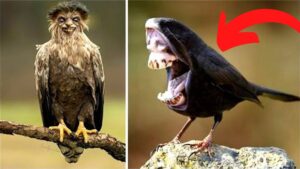
![What's an [Insect Exoskeleton] The Ultimate Guide Insect Exoskeleton](https://spaceupper.com/wp-content/uploads/2022/10/Functions-about-Chitin-and-Layers-of-Insect-Exoskeleton-300x210.jpg)
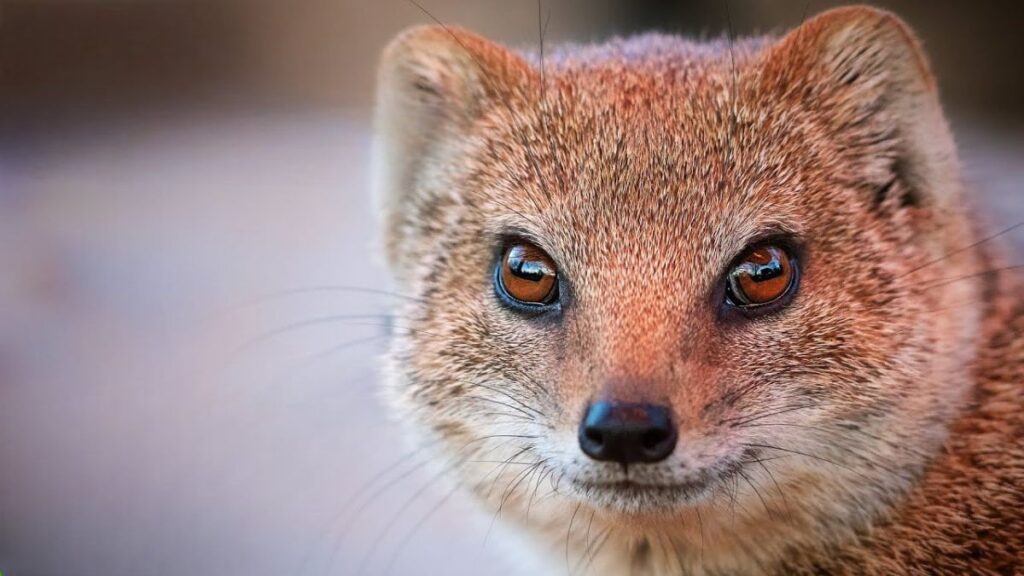
![Moon Jellyfish has [ Hidden Secrets ] You don't know moon jellyfish](https://spaceupper.com/wp-content/uploads/2022/11/1-1-300x169.jpg)

